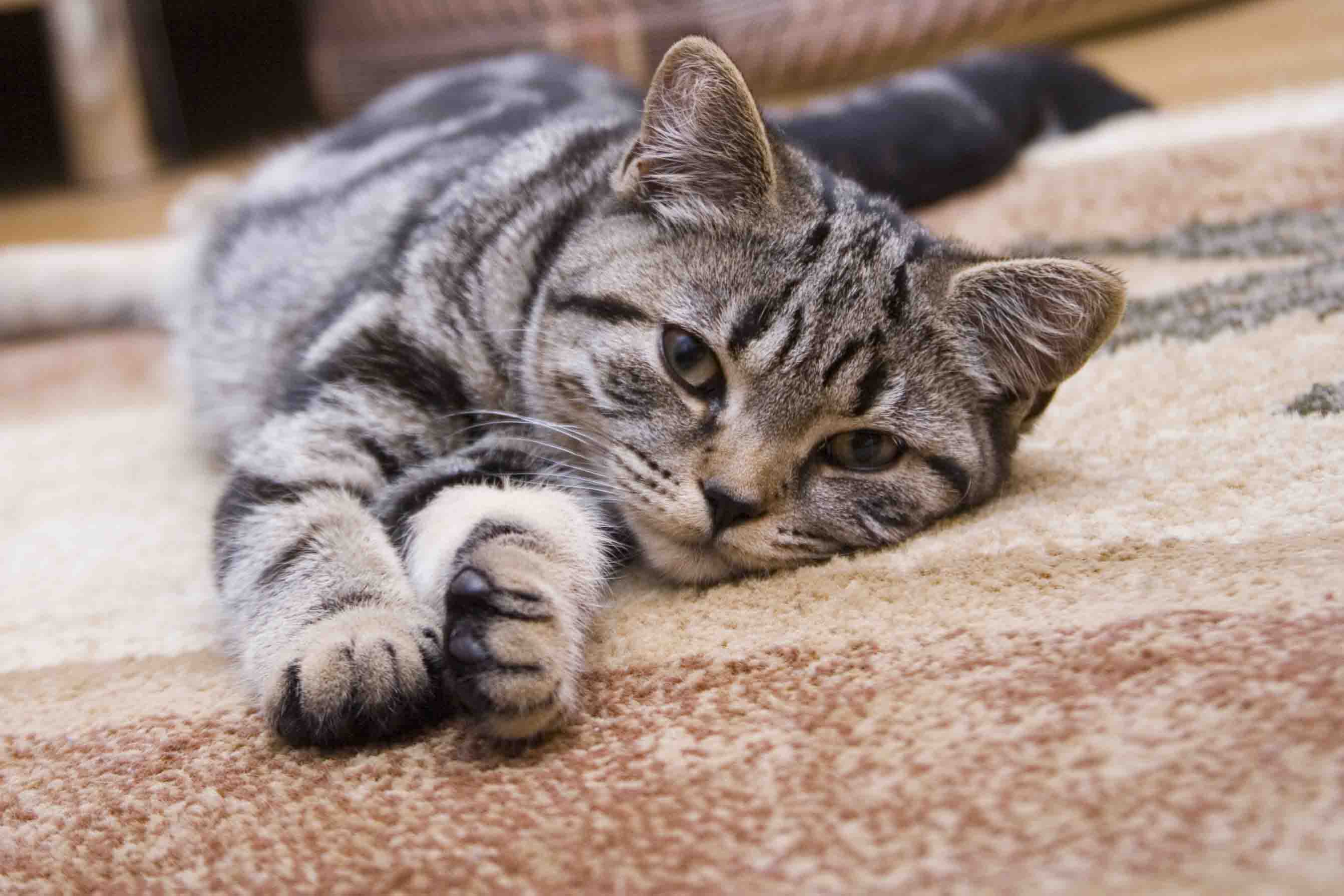

Articles
How To Keep Cats From Scratching Rugs
Modified: January 9, 2024
Discover effective ways to prevent cats from scratching your rugs with these informative articles. Learn how to keep your floors safe and your feline friends happy.
(Many of the links in this article redirect to a specific reviewed product. Your purchase of these products through affiliate links helps to generate commission for Storables.com, at no extra cost. Learn more)
Introduction
Having a cat as a pet can bring joy and companionship to any household. However, dealing with one common cat behavior can be quite a challenge for many pet owners – scratching. Cats have a natural instinct to scratch, which serves several purposes including keeping their claws sharp, marking their territory, and stretching their muscles. While this behavior is normal and necessary for cats, it can become problematic when they choose to scratch your beloved rugs.
Scratched rugs not only ruin the aesthetic appeal of your home, but they can also be expensive to replace. Luckily, there are several effective methods and strategies that can help prevent your cats from scratching your rugs. In this article, we will explore these methods and provide you with actionable tips to keep your cats from scratching your rugs.
Key Takeaways:
- Understanding why cats scratch is crucial to preventing rug damage. Provide alternative scratching surfaces, use deterrents, and trim your cat’s nails to redirect their behavior effectively.
- Keep your cat mentally and physically stimulated to prevent rug scratching. Engage in playtime, provide vertical spaces, and rotate toys to satisfy their natural instincts and reduce destructive behavior.
Understanding why cats scratch
To effectively address the issue of cats scratching rugs, it’s crucial to understand why they engage in this behavior in the first place. Here are a few key reasons:
- Natural instinct: Scratching is an innate behavior for cats. It helps them shed the dead outer layer of their claws, keeps their claws sharp, and maintains their overall claw health.
- Marking territory: Cats have scent glands on their paws, and scratching leaves both a visual and olfactory mark. This is their way of claiming their territory, especially if they live in a multi-cat household.
- Stretching and exercise: Scratching also serves as a form of exercise for cats, allowing them to stretch their muscles and keep their bodies active and agile.
Now that we understand their motivations, it’s important to provide cats with alternative scratching surfaces to redirect their behavior away from your rugs.
Providing alternative scratching surfaces
To prevent your cats from scratching your rugs, it’s essential to provide them with appropriate alternatives. This helps redirect their natural scratching instincts to more suitable surfaces. Here are some effective strategies:
- Scratching posts: Invest in high-quality scratching posts made of sturdy materials like sisal rope or cardboard. Place them strategically around your home, especially in areas where your cat spends the most time. Encourage your cat to use the posts by sprinkling them with catnip or using toys to entice them.
- Vertical scratching surfaces: Cats often prefer to stretch while scratching. Install vertical scratching surfaces, such as tall cat trees or wall-mounted scratchers, to provide your cat with a satisfying stretching experience.
- Horizontal scratching surfaces: Some cats prefer to scratch horizontally. Provide them with flat scratching surfaces such as cardboard scratchers or mats. Experiment with different textures to find out what your cat likes best.
- Keep it interesting: Cats can get bored with the same old scratching post. Add variety by using different materials, shapes, and heights of scratching surfaces. This keeps them engaged and less likely to seek out your rugs.
Remember, consistency is key. Ensure that your cat has easy access to these alternative scratching surfaces and regularly reward them with treats and praise when they use them.
Using deterrents
If providing alternative scratching surfaces alone isn’t deterring your cat from scratching your rugs, you can try using deterrents to make the rugs less appealing. Here are a few effective deterrents:
- Double-sided tape: Cats dislike sticky surfaces on their paws. Place double-sided tape or sticky tape on the corners or edges of the rugs. This creates an unpleasant sensation for your cat and encourages them to find a different scratching spot.
- Aluminum foil: Cats are often deterred by the sound and texture of aluminum foil. Place sheets of foil on the rugs temporarily to discourage your cat from scratching. However, be sure to remove them once your cat has established new scratching habits.
- Bitter spray or citrus scent: Cats have sensitive noses and are generally repelled by strong smells like citrus or bitter sprays. Apply these sprays to the edges or desired scratching areas of your rugs. The scent will deter your cat from scratching and encourage them to seek alternative surfaces.
- Placing mats or carpet runners: Cover the areas of your rugs that are prone to scratching with mats or carpet runners. These surfaces are less appealing for cats to scratch on and provide a physical barrier between your cat and the rug.
Remember to be patient and consistent with using deterrents. It may take some time for your cat to fully adjust to the new limitations and find alternative scratching surfaces.
Place double-sided tape or a plastic carpet runner with the nubs facing up on the rug to deter cats from scratching. Cats dislike the sticky feeling on their paws.
Trimming your cat’s nails
Trimming your cat’s nails is another effective method to prevent damage to your rugs. By keeping their claws shorter, you reduce the potential for them to cause significant scratches. Here are some tips for safely trimming your cat’s nails:
- Get the right tools: Invest in a pair of cat nail clippers or a guillotine-style trimmer specifically designed for cats. Avoid using human nail clippers, as they can cause discomfort or damage to your cat’s nails.
- Familiarize your cat with the process: Gradually introduce your cat to the concept of nail trimming by gently handling their paws and providing treats or praise as positive reinforcement. This helps your cat associate nail trimming with a positive experience.
- Find a comfortable position: Choose a quiet and comfortable area to trim your cat’s nails. You may need another person to assist you in holding your cat securely and keeping them calm during the process.
- Trim only the sharp tips: Carefully inspect your cat’s nails and identify the sharp tips. Trim only the very tip of each nail, avoiding the sensitive “quick” (pink area) which contains blood vessels and nerves. Take breaks if needed to ensure your cat remains calm and cooperative.
- Reward and reassurance: After each successful nail trimming session, reward your cat with treats and praise. This positive reinforcement helps create a positive association and makes future nail trimming sessions easier.
If you’re unfamiliar or uncomfortable with trimming your cat’s nails, consult a veterinarian or a professional groomer who can help you with the process.
Using double-sided tape
Double-sided tape can be an effective tool in preventing your cat from scratching your rugs. Cats dislike sticky surfaces on their paws, making double-sided tape a simple and non-toxic deterrent. Here’s how you can use it:
- Identify the targeted areas: Determine the specific spots on your rugs where your cat tends to scratch the most.
- Apply the tape: Cut appropriate lengths of double-sided tape and firmly stick them to the edges, corners, or other areas of the rug that your cat is prone to scratching. Ensure that the tape is securely attached, as your cat may try to remove it.
- Monitor your cat’s behavior: Once the tape is in place, observe how your cat reacts. Most cats will be deterred by the stickiness of the tape and will avoid scratching on the taped areas.
- Provide alternative surfaces: While using double-sided tape, make sure to provide scratching posts or other suitable alternatives nearby. Redirect your cat’s attention to these surfaces whenever they show an inclination to scratch the rugs.
- Remove the tape gradually: As your cat develops new scratching habits and avoids the taped areas, you can start removing the tape in stages. Monitor your cat’s behavior during this process to ensure they continue to use appropriate scratching surfaces.
It’s important to note that the effectiveness of double-sided tape may vary depending on your cat’s individual preference and determination to scratch the rugs. In some cases, you may need to combine the use of double-sided tape with other deterrents or training methods for optimal results.
Always ensure that the tape you use is safe for your rugs and won’t cause any damage or leave residue behind. Test a small area first before applying it to the entire rug.
Providing mental and physical stimulation
Cats not only scratch to maintain their claws but also to release pent-up energy and boredom. By providing them with ample mental and physical stimulation, you can help prevent them from resorting to scratching your rugs. Here are some strategies:
- Playtime: Engage your cat in regular interactive play sessions using toys that simulate hunting behaviors. This not only provides physical exercise but also helps satisfy their natural instinct to chase and pounce. Schedule play sessions multiple times a day to keep them physically and mentally stimulated.
- Puzzle toys: Introduce puzzle toys and treat-dispensing toys that encourage your cat to work for their food or treats. These toys engage their mind and provide a stimulating challenge.
- Vertical space: Create vertical spaces in your home by installing cat trees, shelves, or perches. Cats love climbing and exploring high places, which can help them exert energy and satisfy their curiosity.
- Window view: Allow your cat access to windows where they can observe the outside world. This gives them visual stimulation and entertainment from watching birds or other outdoor activities.
- Scratching alternatives: In addition to providing scratching posts, offer a variety of toys and scratching surfaces that cater to different preferences. This can include interactive scratching toys, cardboard scratchers, or catnip-infused toys.
- Rotate toys: Keep your cat’s toys interesting by rotating them regularly. This prevents boredom from setting in and keeps your cat engaged with their playthings.
By incorporating these strategies into your cat’s daily routine, you provide them with the mental and physical stimulation they need to stay entertained and content. A mentally and physically fulfilled cat is less likely to resort to scratching your rugs out of boredom or frustration.
Conclusion
Dealing with cats scratching rugs can be a frustrating experience, but by understanding their behavior and implementing the right strategies, you can successfully redirect their scratching habits. Remember, it’s important to provide alternative scratching surfaces that cats find appealing, such as scratching posts or vertical/horizontal scratchers. These alternatives help fulfill their natural instincts and provide a suitable outlet for their scratching needs.
In addition to providing alternative surfaces, using deterrents like double-sided tape can discourage your cat from scratching the rugs. Trimming your cat’s nails regularly helps minimize the damage they can cause, while providing mental and physical stimulation through playtime, puzzles, and vertical spaces keeps them entertained and reduces their urge to scratch inappropriately.
Stay patient and consistent with implementing these strategies. It may take time for your cat to adjust and establish new scratching habits. Reinforce positive behaviors with treats, praise, and rewards, and be sure to monitor their progress along the way.
Remember, it’s essential to approach the issue of scratching rugs with empathy and understanding. Cats have natural instincts and needs, and addressing these in a positive and proactive way strengthens the bond between you and your feline friend.
By implementing these techniques and providing the necessary resources, you can successfully keep your cats from scratching your rugs and maintain a harmonious home environment for both you and your beloved pets.
Frequently Asked Questions about How To Keep Cats From Scratching Rugs
Was this page helpful?
At Storables.com, we guarantee accurate and reliable information. Our content, validated by Expert Board Contributors, is crafted following stringent Editorial Policies. We're committed to providing you with well-researched, expert-backed insights for all your informational needs.
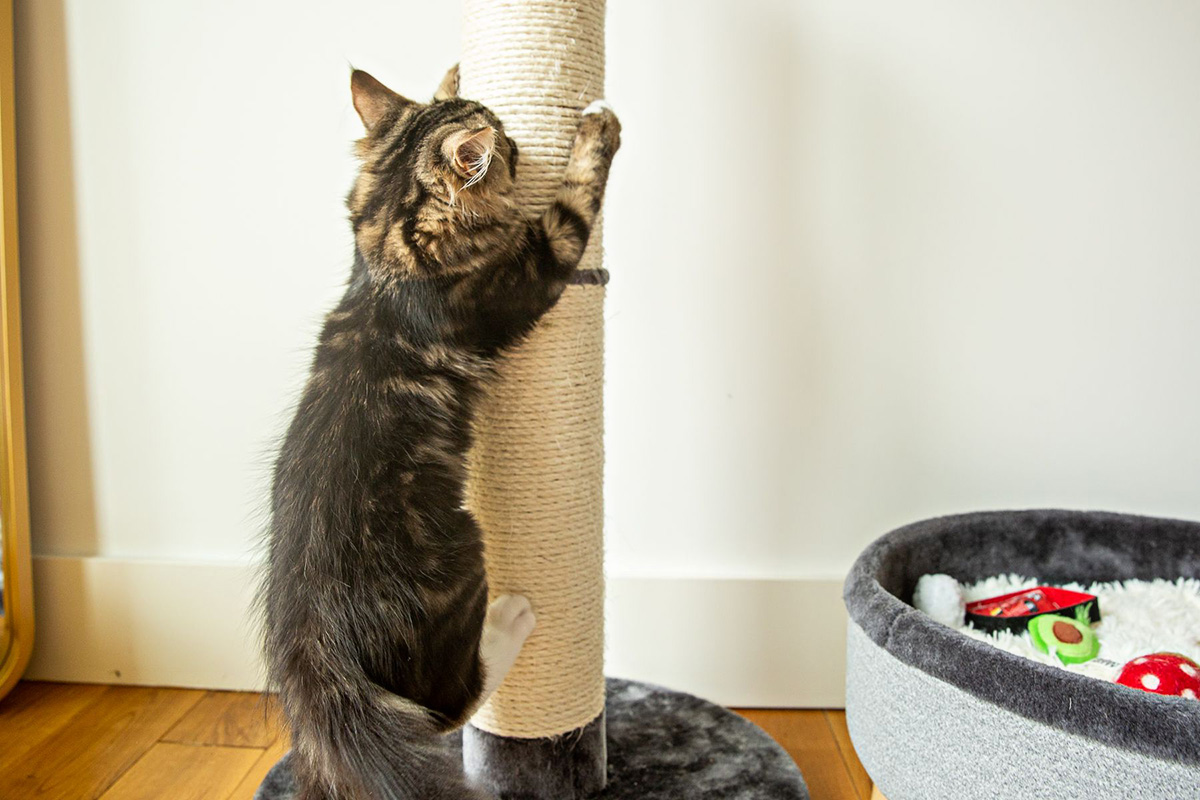
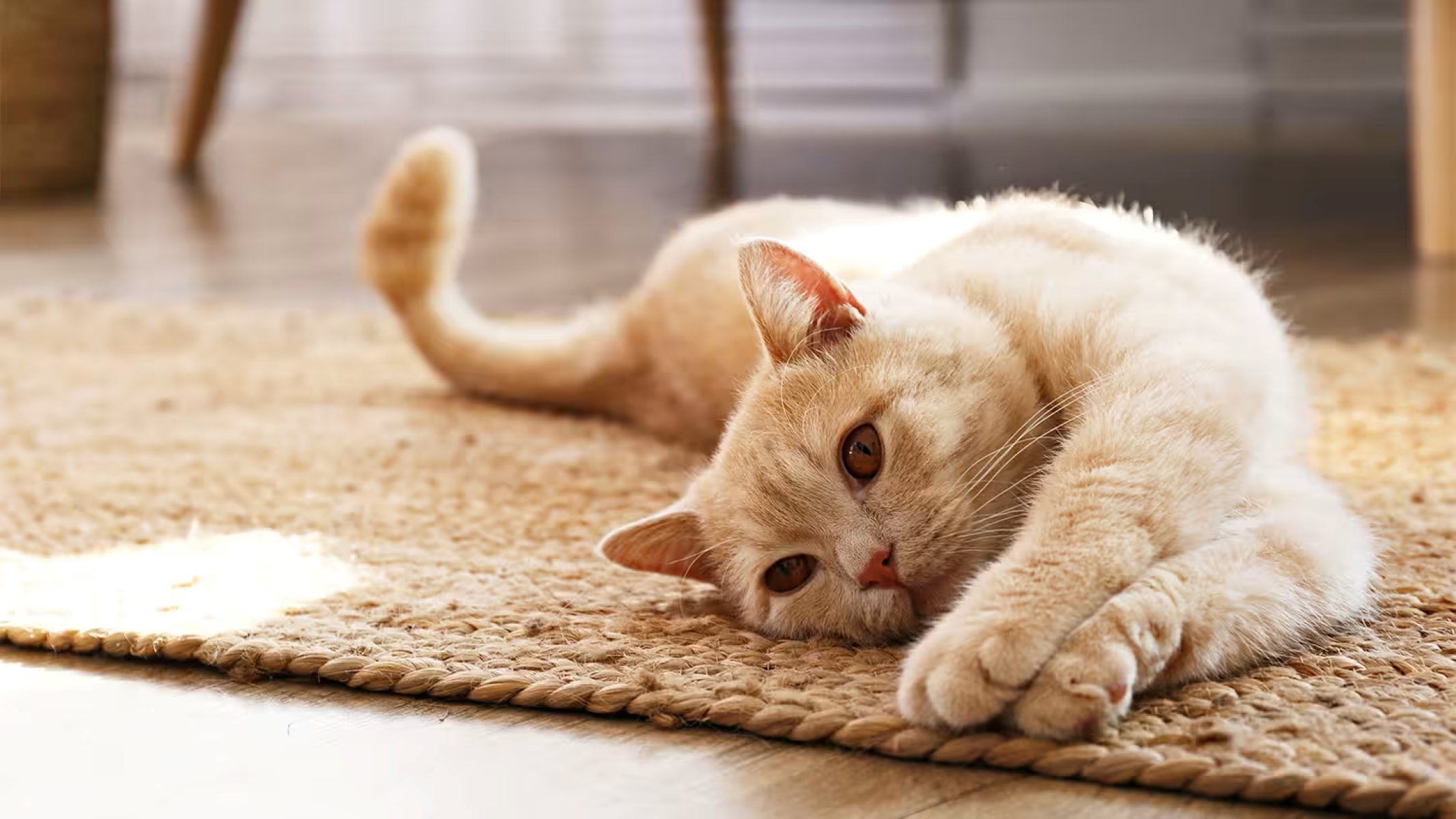
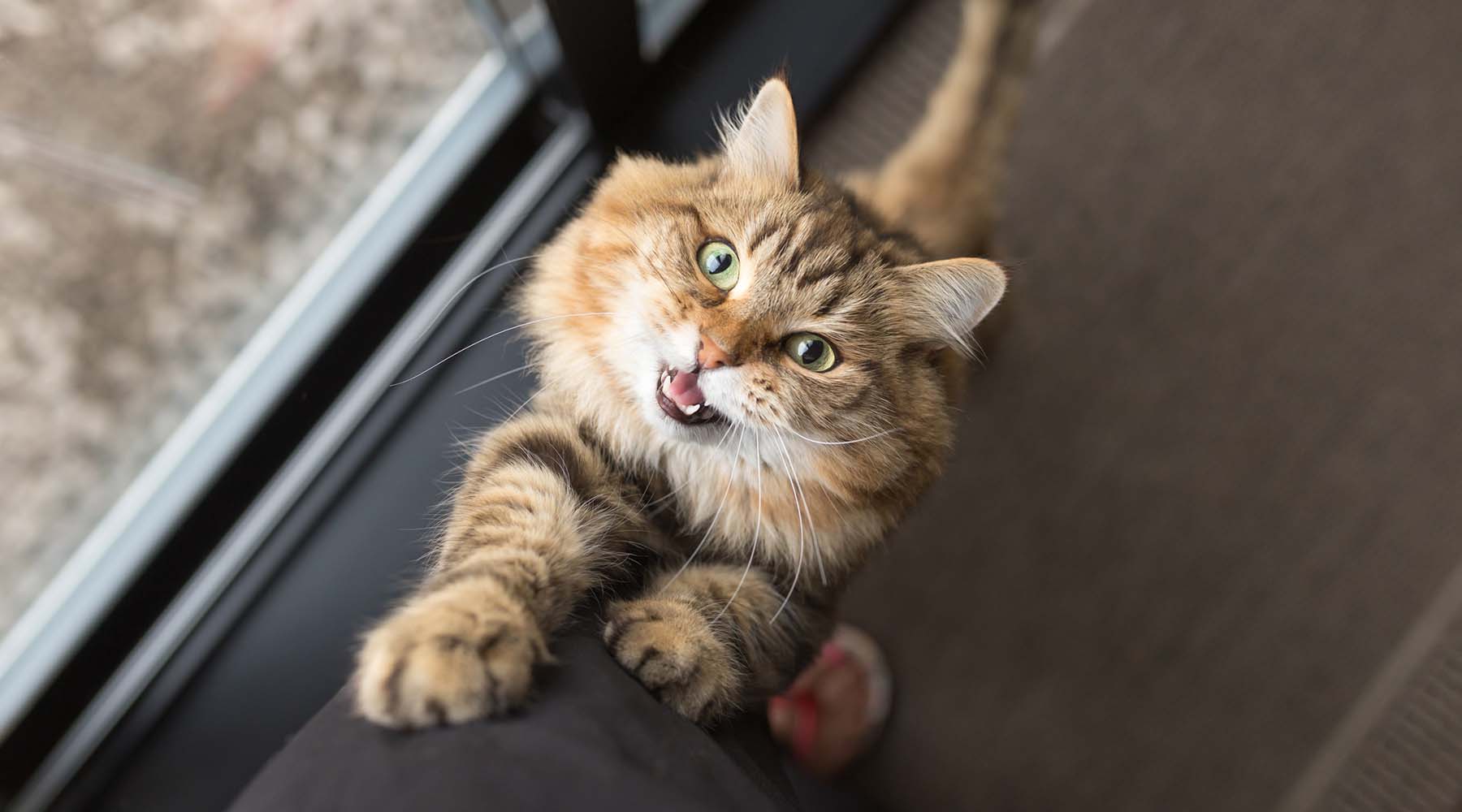
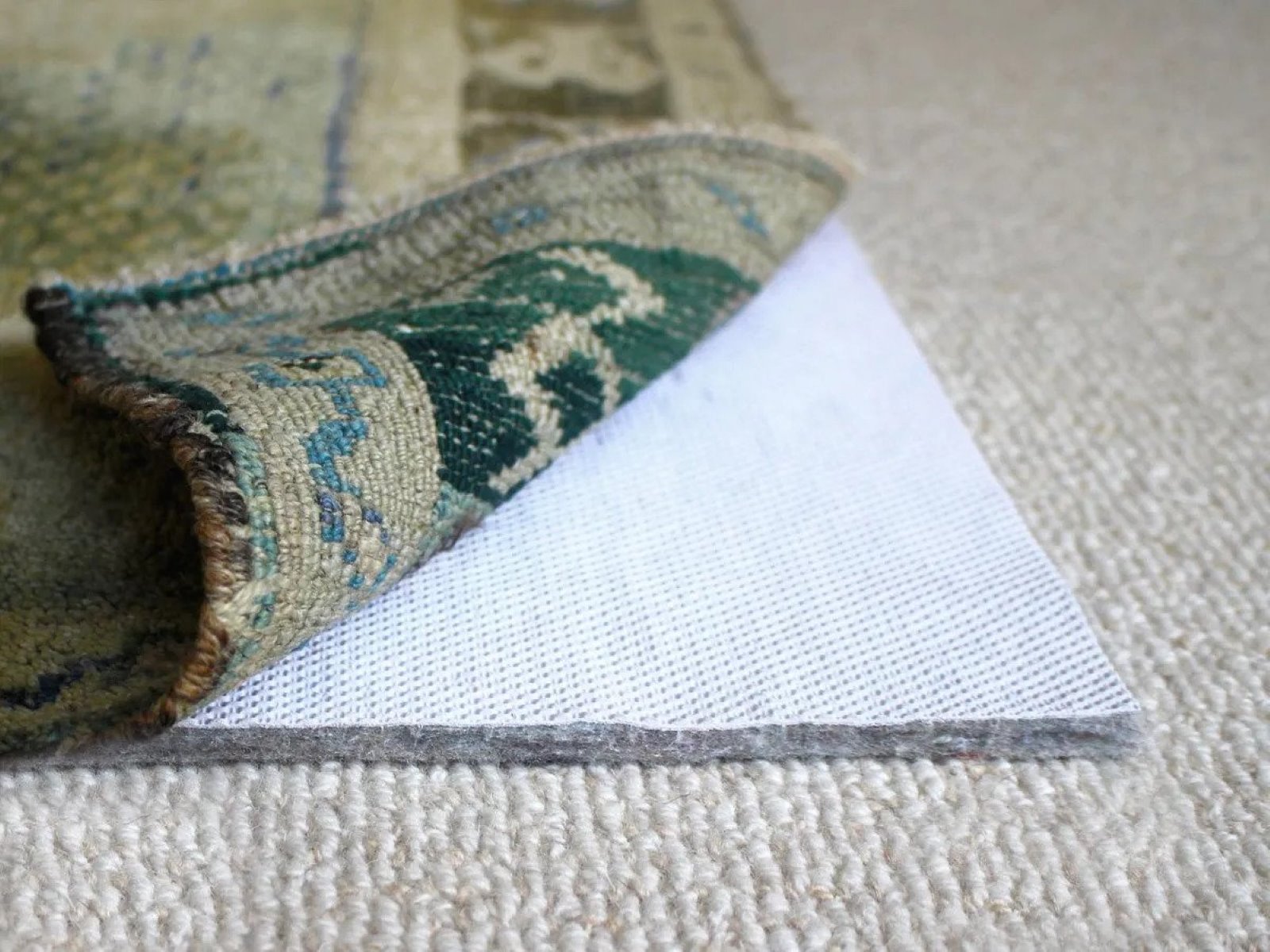
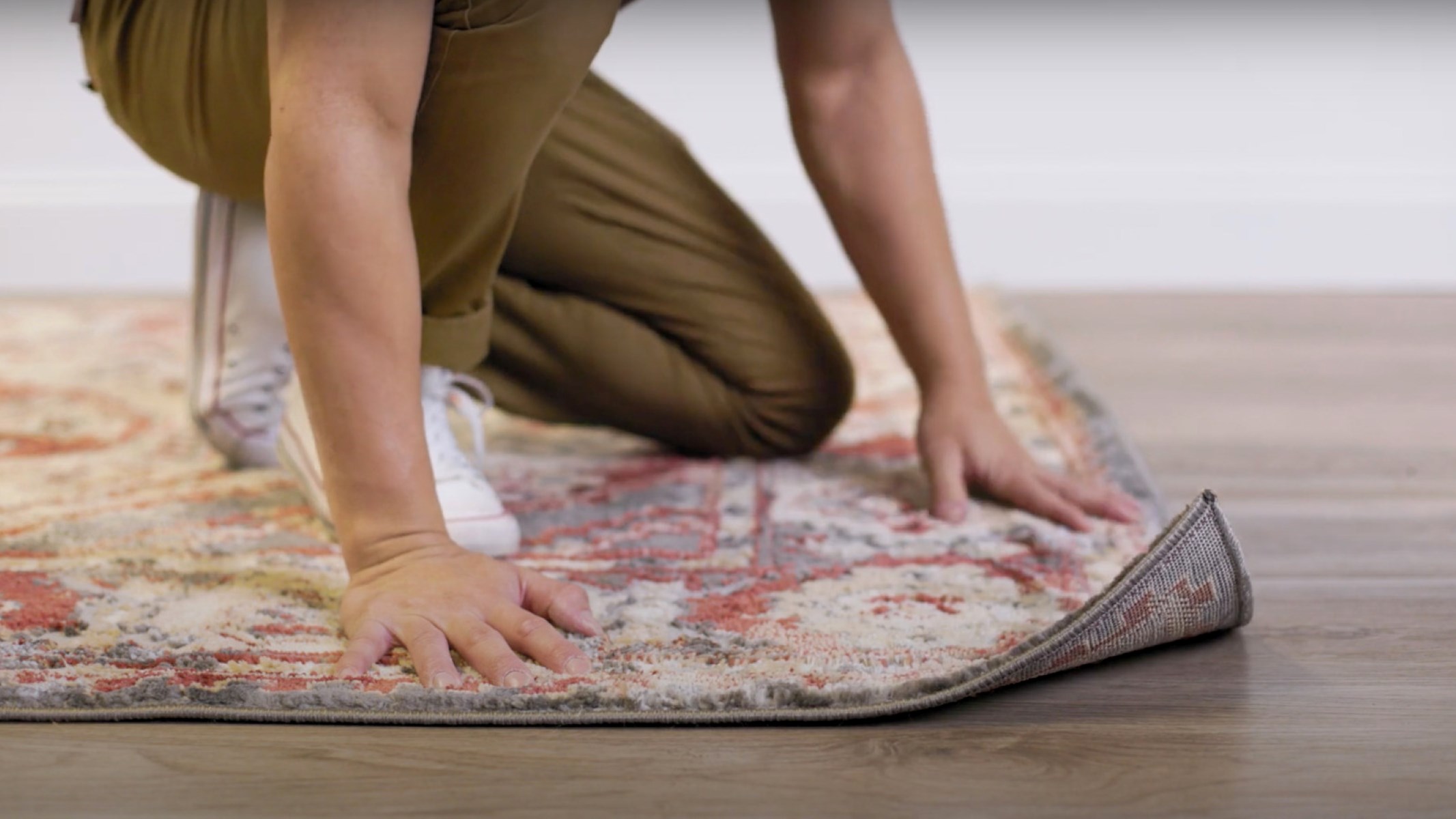
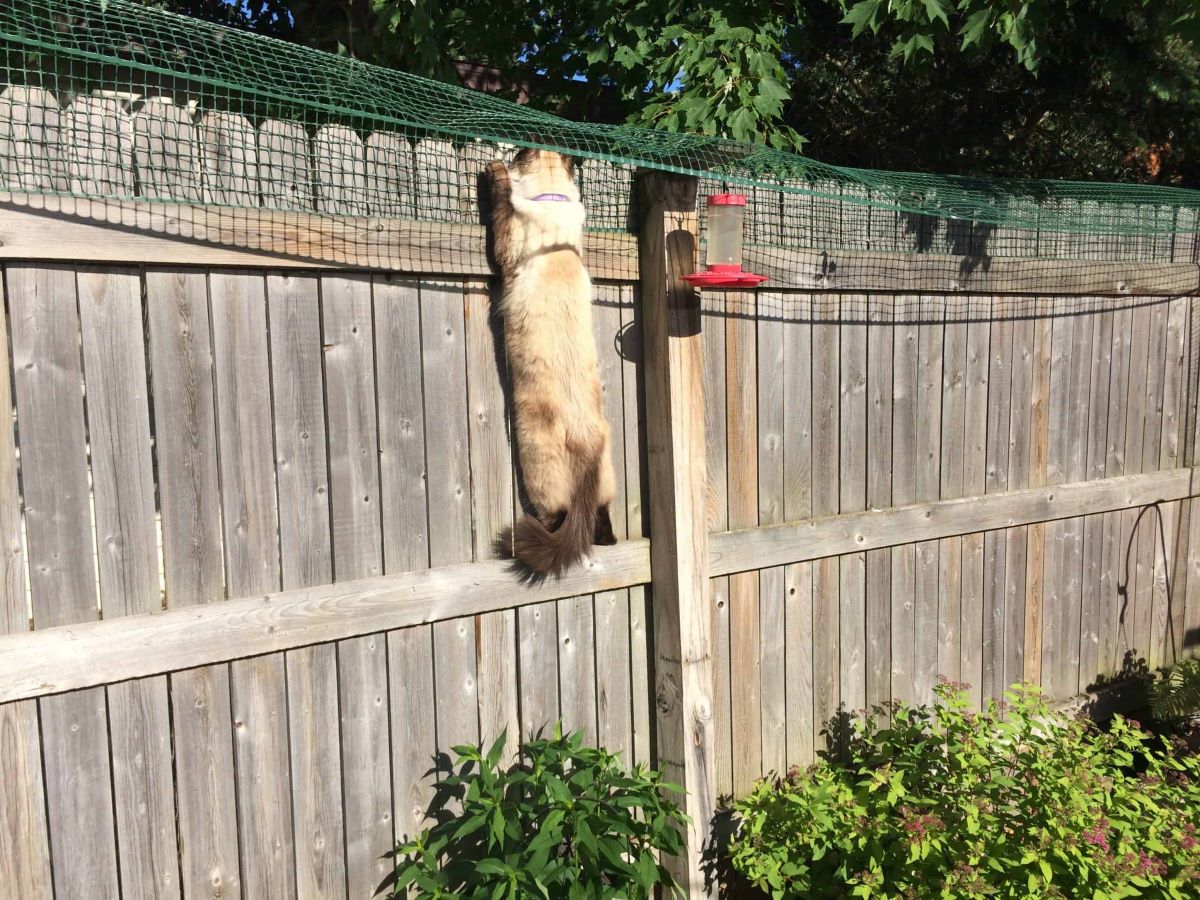
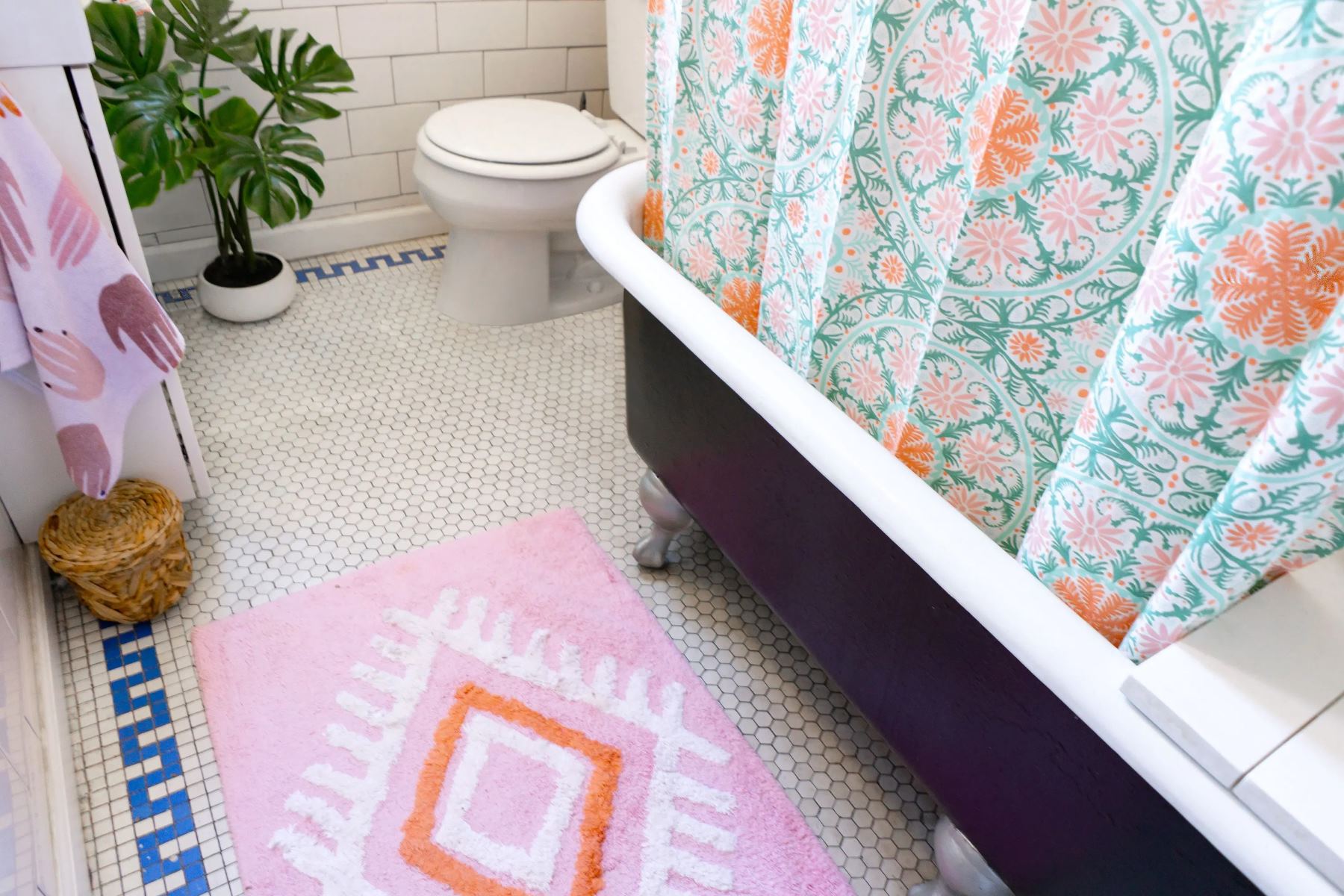
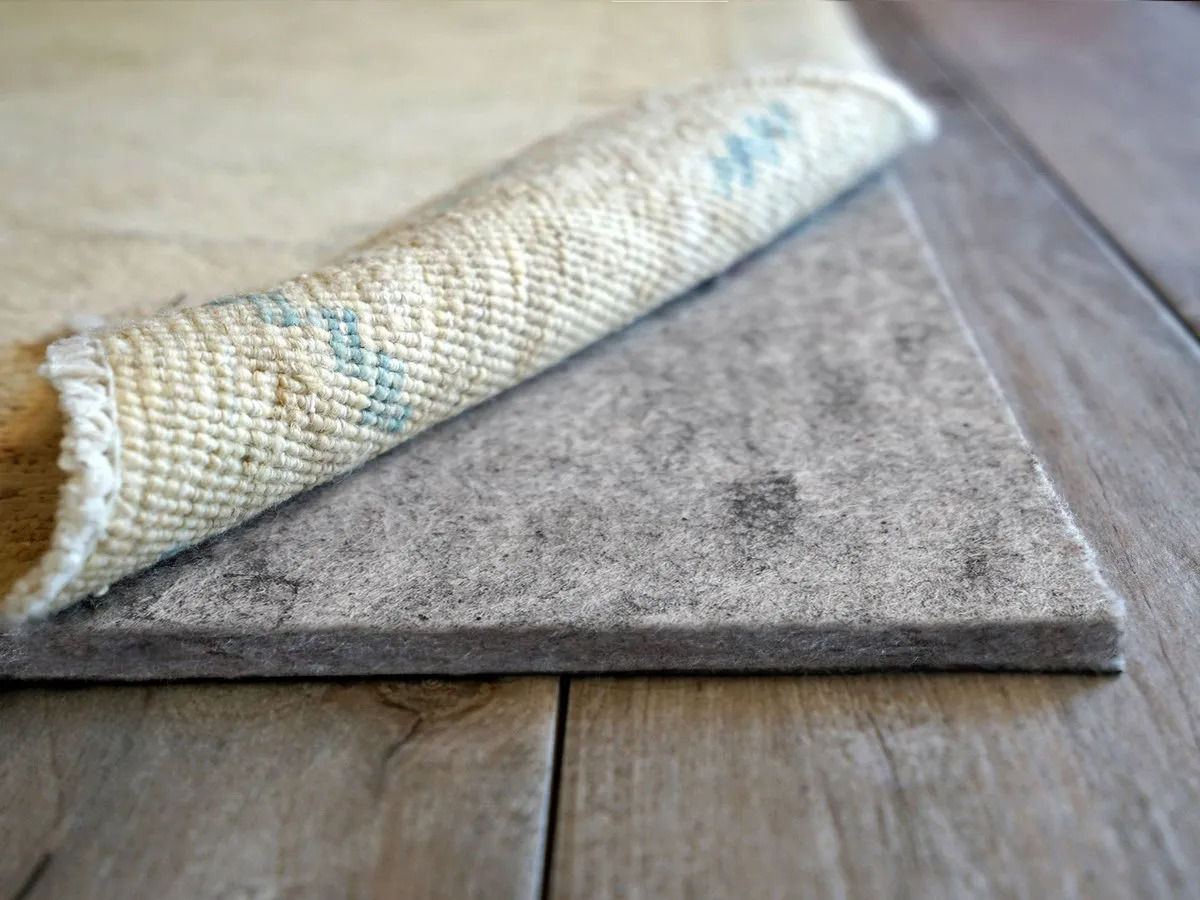
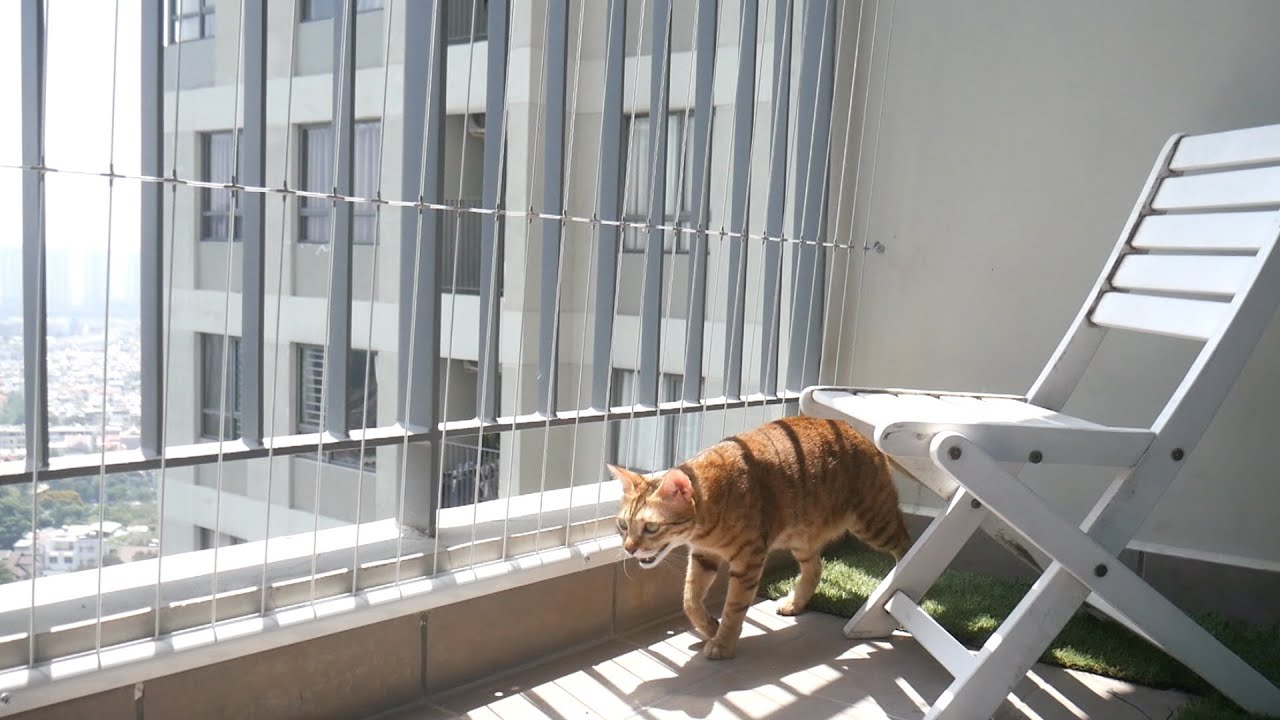
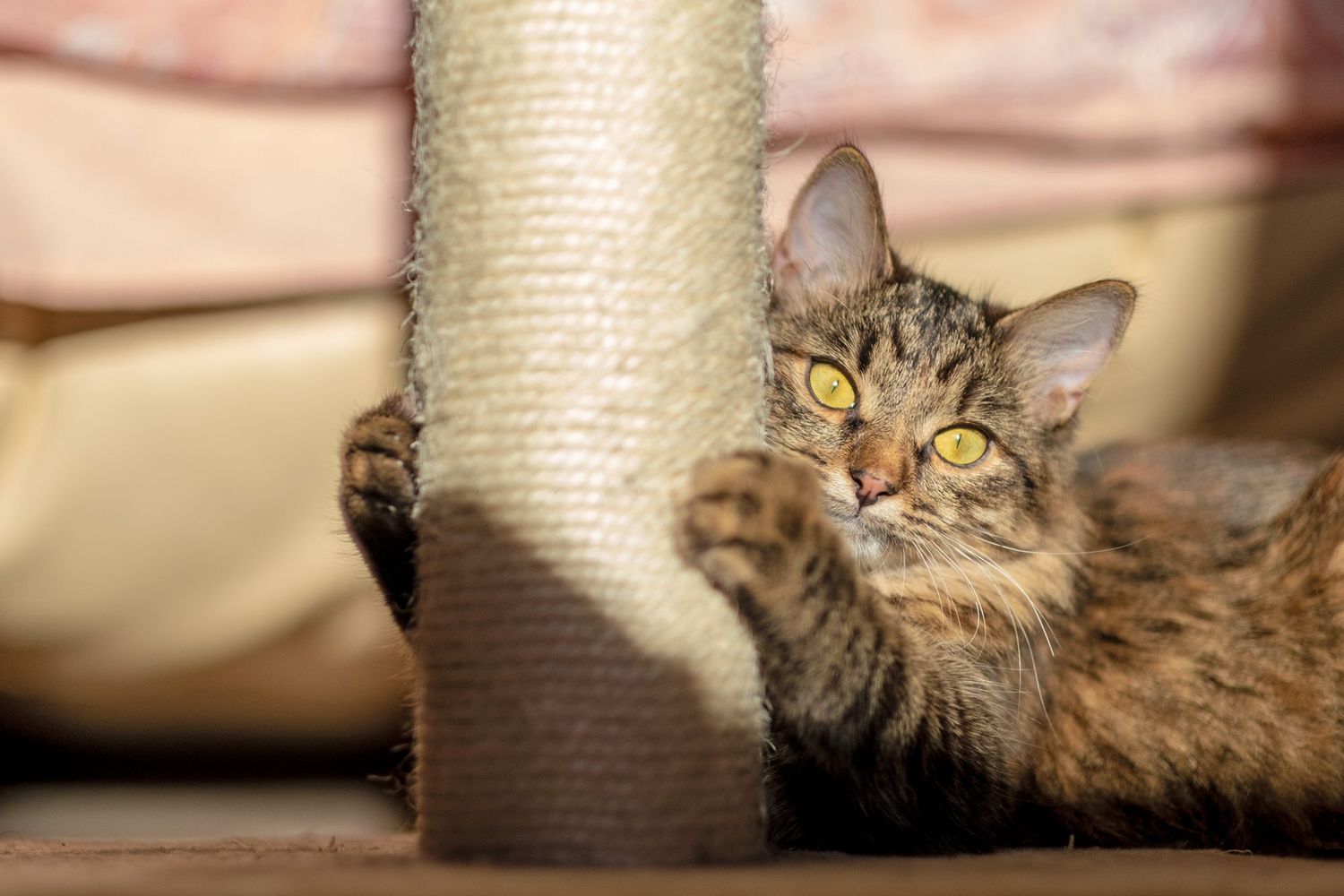
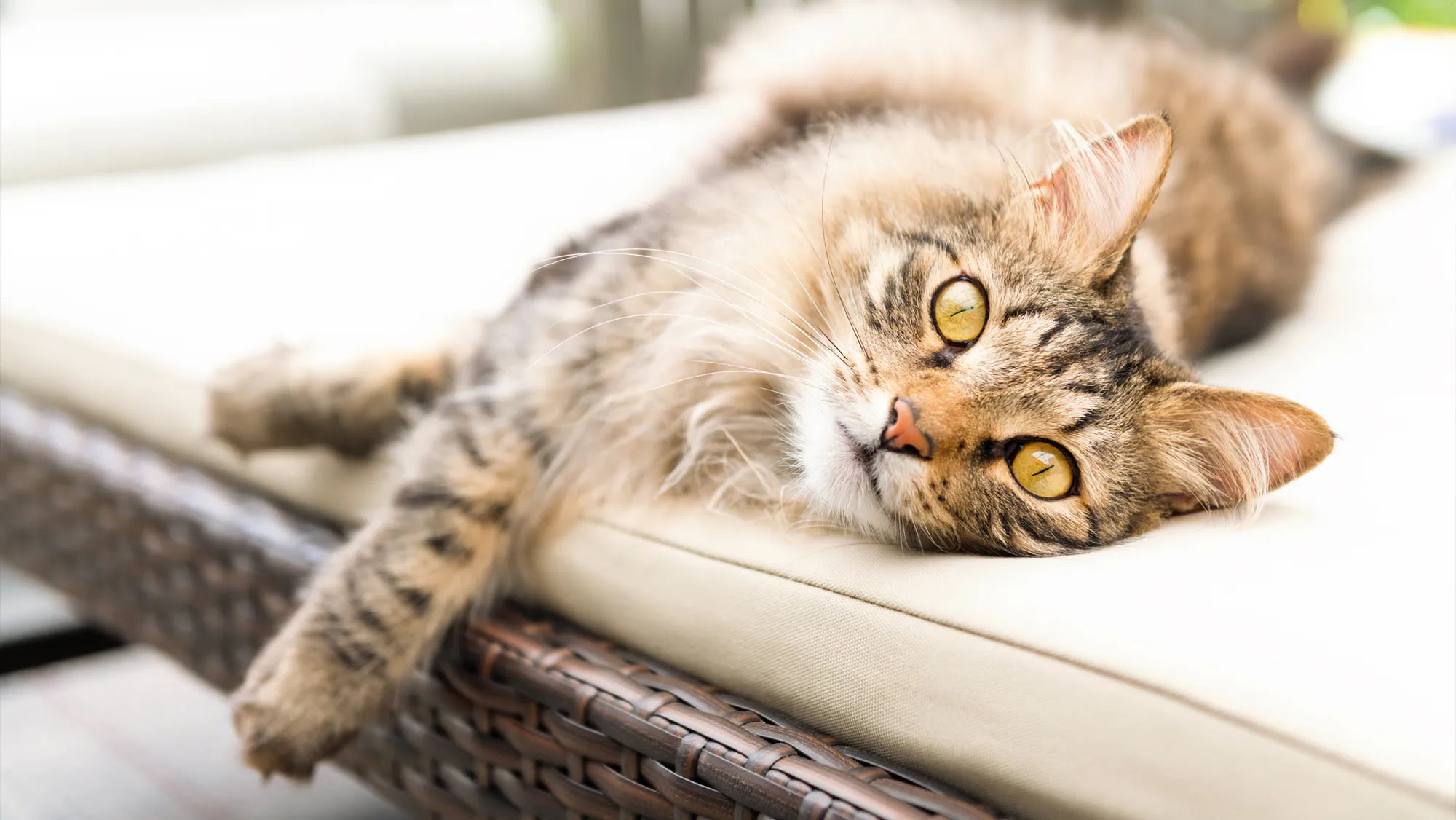

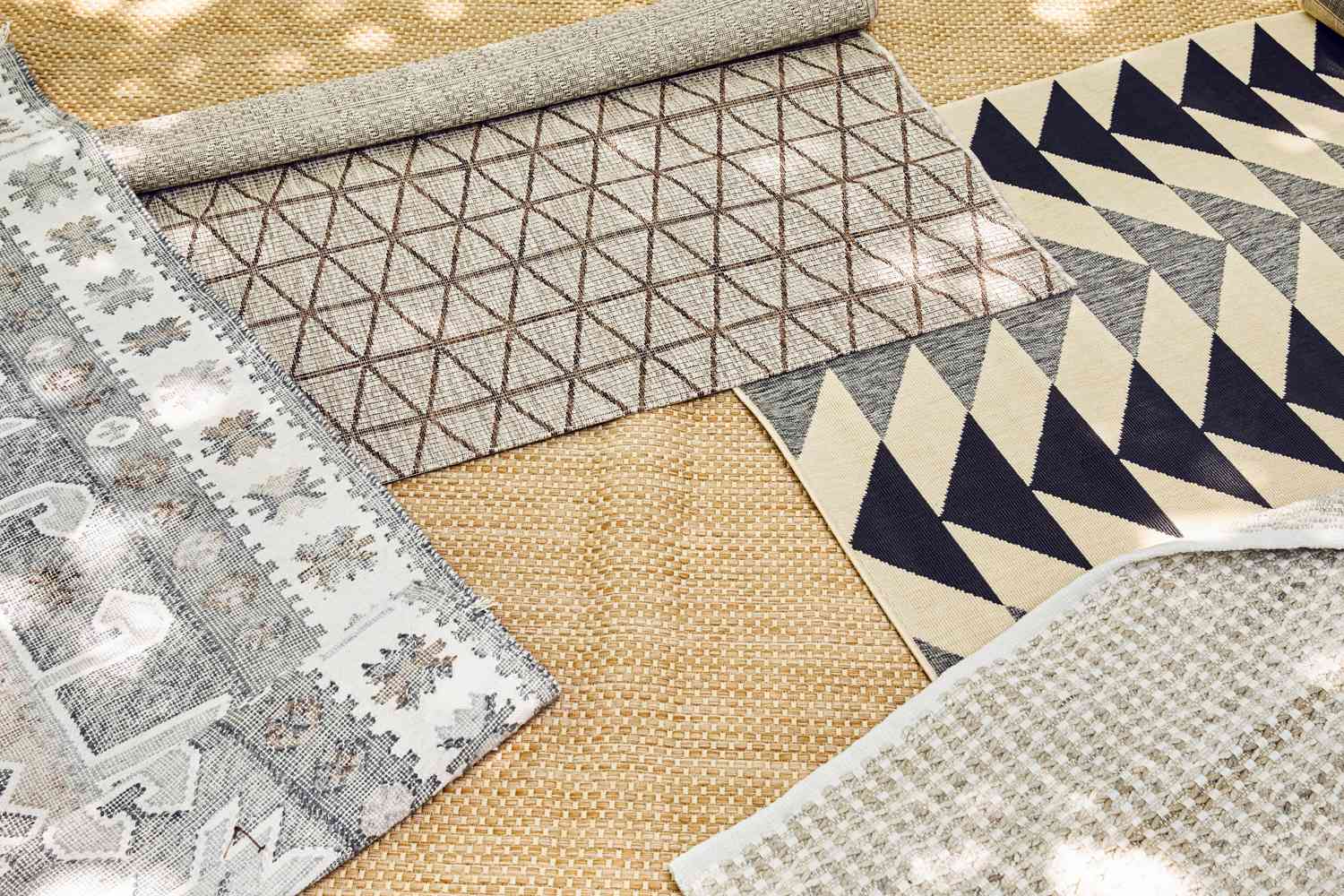


0 thoughts on “How To Keep Cats From Scratching Rugs”